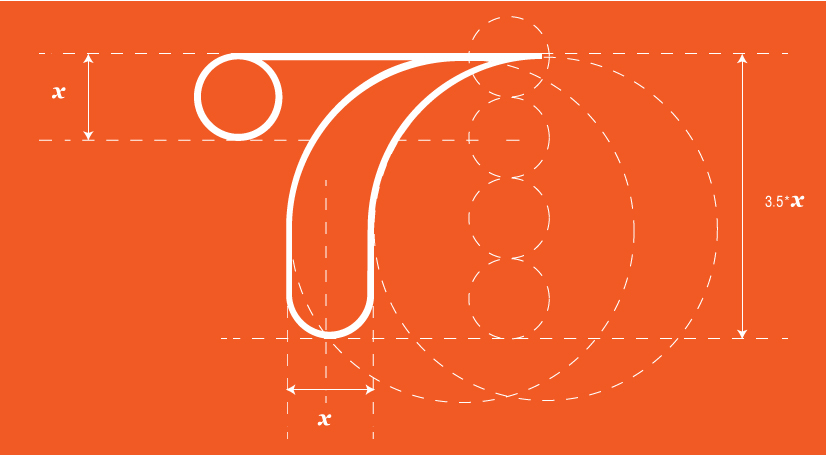The 7 rules of branding design are essential for creating outstanding brands. Our design process for visual identity is based on these 7 rules of branding design presented below.
1. Have A Concept
The foundation of branding design is the message, the idea, the story or the experience that is to be transmitted. Without a clear message in mind, you will have a beautiful, but useless thing to look at.
2. Communicate! Don’t Just Decorate
Once the brand concept is clear, it needs to be supported with significant design. Form carries meaning no matter how simple or abstract it is. Choosing the right form, as well as the right color and typography, to sustain the message is essential for a strong visual brand identity.
3. Speak Visually!
Having a consistent design to communicate your brand’s meaning gives credibility and strength. From the big picture to the tiniest detail, all the elements should speak the same visual language. The whole piece as well as the compositing parts will harmoniously relate to each other not only in shape, but also in concept.
4. Two typeface families, maximum three
The use of text in branding design has usually one or two purposes, rarely three. Typefaces to use are chosen according to these purposes. Currently, a single type family with all the variety of weights and italics should be enough. Depending on text’s goals, adding a second or either a third typeface family could be nice for the design, but it also may distract and confuse the viewer.
5. Choose the right colors
Colors carry tremendous psychological and emotional meaning, but this can vary significantly along cultural groups and even individuals. Red, for instance, is associated in many cultures with meat, blood and violence and it creates the feeling of hunger, anger or energy. On the other hand, vegetarians might associate hunger with the color green. The marketing context has to be carefully studied before picking up the colors for the branding design.
6. Less is more!
Multi-style elements jammed into a single page or an overcrowded brochure can only confuse the user and fail to deliver a clear message. The minimalism principle applied to branding design eliminates the visual discomfort, and also has economic reasons. Fewer colors, cleaner arrangement and less detail allow an effective implementation which ultimately saves time and money.
7. Don’t be a fashion victim!
Finally, like everything that happens on the market today, there are some trends in design as well. Communicating according to the particular tastes and expectations people have in present has the advantage of being cool and fashionable. However, branding is mainly about identity and company’s or product’s core values. Staying out of fashion, or better, being ahead of it builds customer’s loyalty and a long-lasting ability to stand out.


